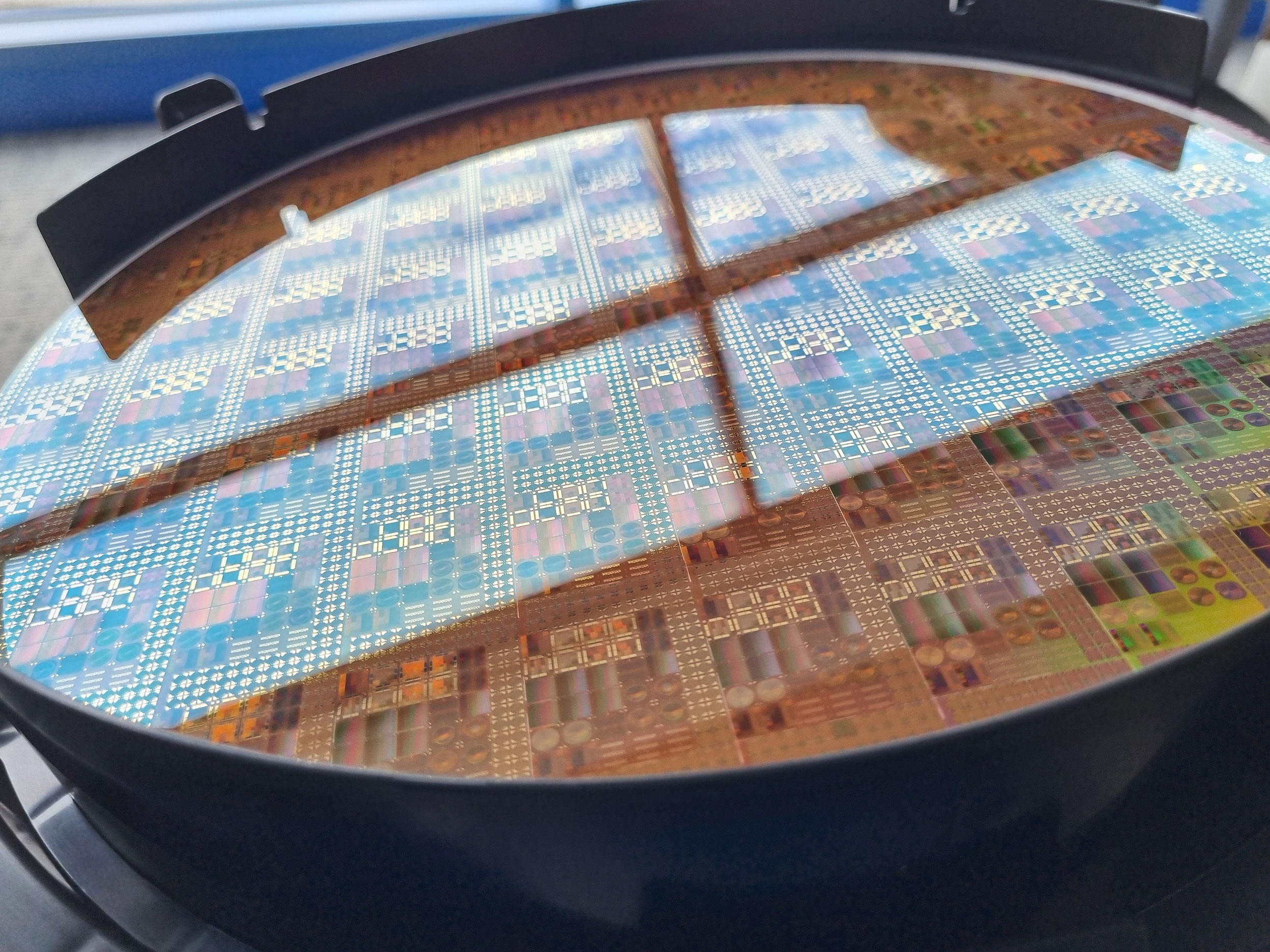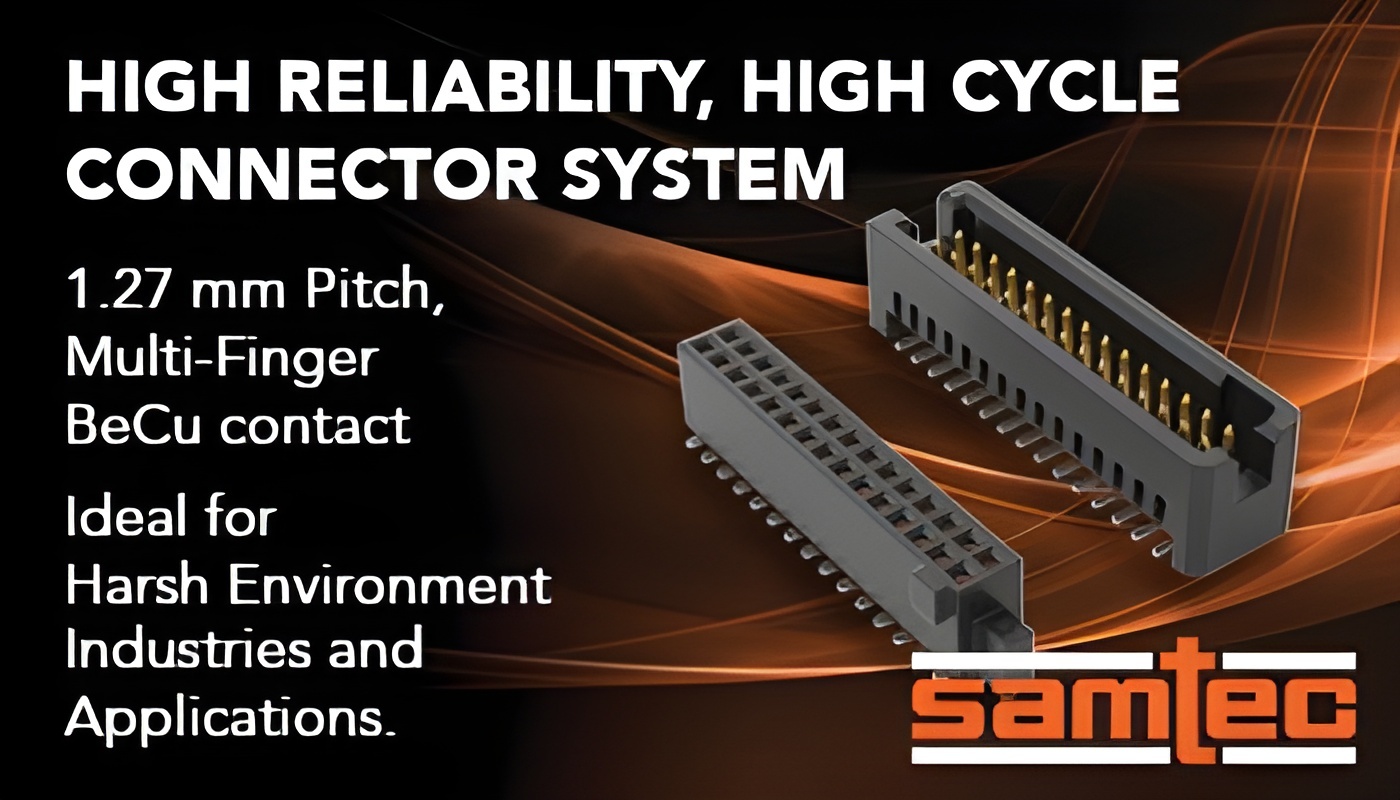

STMicroelectronics has extended its partnership with Metalenz through a new licensing agreement, aiming to bring metasurface optics to a wider range of sensing applications. The two companies began working together in 2022, when ST introduced Metalenz’s nanostructured optics into its FlightSense direct Time-of-Flight (dToF) sensor modules.
Since then, more than 140 million units using this technology have been shipped. These are used in smartphone features such as proximity detection, autofocus, and depth sensing. That early success has proven that metasurfaces can be manufactured at scale and integrated into consumer devices.
This latest agreement gives ST broader access to Metalenz’s intellectual property and builds on its existing in-house manufacturing platform. ST produces these optical components on 300mm semiconductor wafers, which allows it to combine optics and electronics in a single process. This approach helps reduce costs, improve consistency, and support high-volume output.
“We’re the only company combining high-volume semiconductor and optical production,” said Alexandre Balmefrezol, Executive Vice President and General Manager of ST’s Imaging Sub-Group. “Expanding our agreement with Metalenz allows us to support new use cases in smartphones, automotive, and industrial markets.”
Traditional lenses rely on shaped glass or plastic to bend light. Metasurface optics use a flat surface patterned with microscopic structures that guide and control light more precisely. These structures can replace entire lens stacks, offering the same optical function in a thinner, more compact form.
Because they are produced using standard semiconductor processes, metasurfaces are easier to scale and can be aligned more closely with sensor and chip layouts. This leads to better performance in smaller packages, which is increasingly important for modern electronics.
ST’s ability to build these optics in the same facility as its ICs removes several production steps. It also helps reduce size and improve reliability, particularly in applications that are exposed to temperature changes or physical movement.
The potential uses for metasurface optics continue to grow. ST is now targeting new applications in areas such as:
Smartphone facial recognition and ambient light sensing
Automotive LIDAR systems and in-cabin gesture detection
Robotics and drones requiring small, lightweight depth sensors
Wearables and AR devices where space is limited
Metalenz, which was spun out of Harvard University, holds exclusive rights to a core portfolio of metasurface patents. It has worked closely with ST to bring the first high-volume metasurface products to market.
“This brings metasurfaces from research to the real world,” said Rob Devlin, CEO and co-founder of Metalenz. “With ST’s manufacturing capabilities, we can now meet the demands of global consumer and industrial markets.”
According to Yole Group, the market for metasurface optics could grow to 2 billion dollars by 2029. That growth is expected to be driven by demand for smaller, more efficient optical components in both imaging and display applications.
ST and Metalenz are helping reshape how modern electronics use light. By combining compact optical design with large-scale manufacturing, they are opening the door to new sensing capabilities in devices that need to be smaller, faster, and more efficient.
This latest agreement reflects a shift in how optics are built. Instead of treating optics as separate from electronics, companies are now integrating both from the ground up. With proven results already in the field, the ST–Metalenz partnership is well-positioned to lead the next phase of that transition.
Read the original announcement here.

